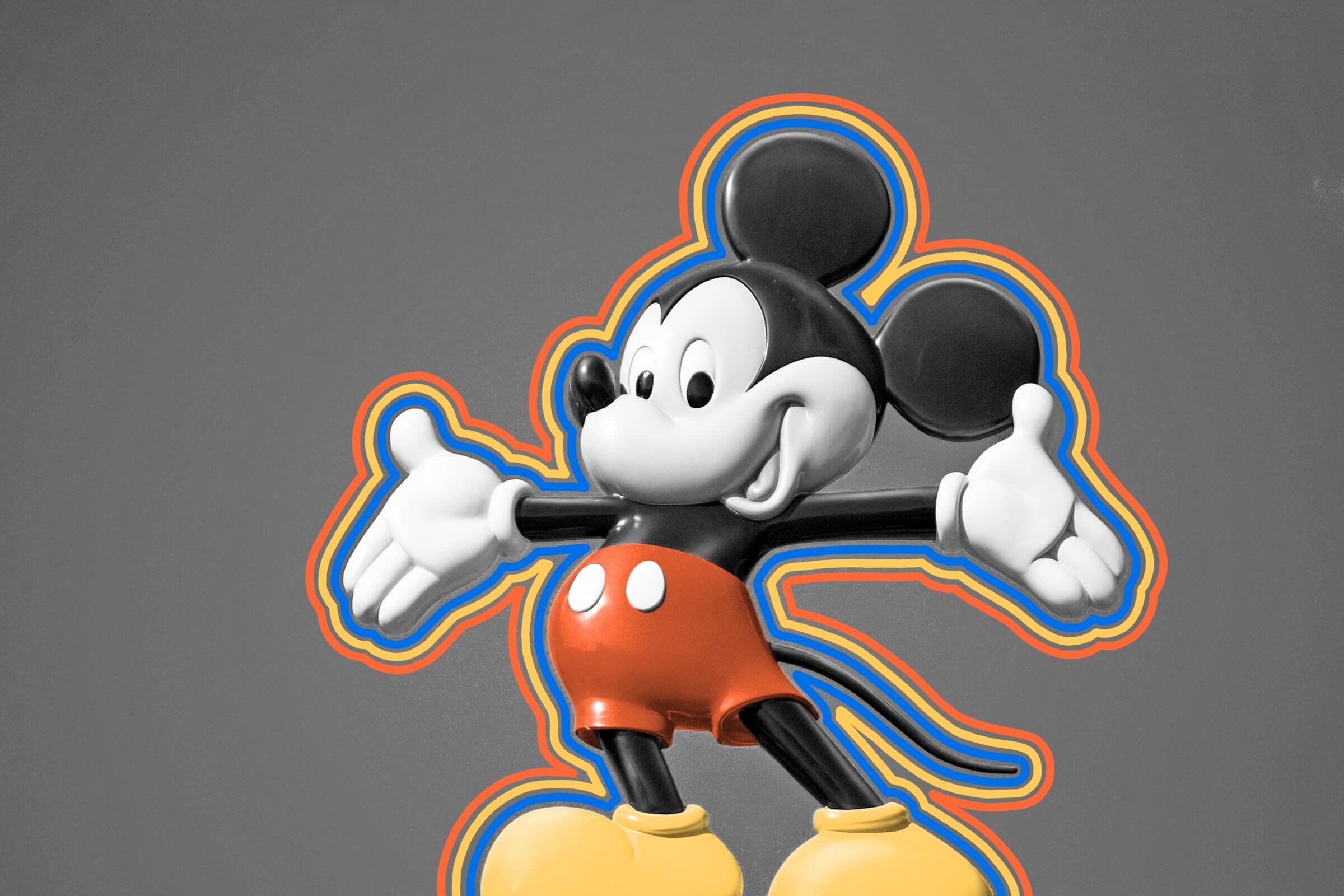
Disney will lose the copyright to the original Mickey Mouse in 2024.
In 1928, Walt Disney’s Hollywood studio was on the brink of bankruptcy, plagued with debts and failed contracts. Miraculously, it took just one mouse to turn things around. Disney’s first iteration of its most recognizable animated character is often referred to as Steamboat Willie thanks to his role in a short movie of the same name; today, of course, everyone knows his name is Mickey Mouse. In 2024, the copyright protection over his first adventure will expire, sailing the character into the waters of the public domain. (Later versions of Mickey will remain protected until their own copyrights expire.)
Steamboat Willie hit screens on November 18, 1928, making entertainment history as the first cartoon to use fully synchronized sound (most films at that time, animated and otherwise, were silent). Walt Disney, burned from previous fights over intellectual property, copyrighted the character at a time when U.S. copyright law guaranteed protection for a total of 56 years. But around the time of the animation’s original expiration date, the Walt Disney Company lobbied for extended coverage, retaining control for decades longer thanks to the Copyright Act of 1976 and 1998’s Copyright Term Extension Act (often referred to as the Mickey Mouse Protection Act).
Dissolving Disney’s copyright over the Steamboat Willie star could lead to choppy waters for artists, brands, and others who want to use the character. That’s because Disney may retain some rights to its earliest mouse thanks to trademarks (which, unlike copyrights, can last in perpetuity), potentially sparking conflicts over fair use. However, it could also spark a wave of creative remixes that rejuvenate the 95-year-old character — a move public domain advocates say helps restore forgotten works and build upon cultural heritage.
Mickey Mouse may be Walt Disney’s most popular character, but the inspiration for his creation came from another animation: Oswald the Lucky Rabbit. In 1923, Walt Disney and his brother Roy set up a small animation studio in Hollywood and landed themselves a deal with Universal Pictures to create short cartoon films. The pair (along with a team of fellow animators) debuted Oswald in 1927, setting him apart from rival animators’ popular cat characters by giving him long rabbit ears and a distinctive personality. Disney’s studio produced 26 short films with Oswald, the last of which was released in 1928 — the same year Disney lost control of the cartoon thanks to brewing tensions, contract disputes, and ownership disagreements with Universal Pictures. Oswald was featured in nearly 200 cartoon shorts through the 1930s, and eventually made his way back to Disney in 2006, thanks to a deal with NBC Universal. In 2022, Disney animators created a new Oswald film for the first time in nearly 100 years.

